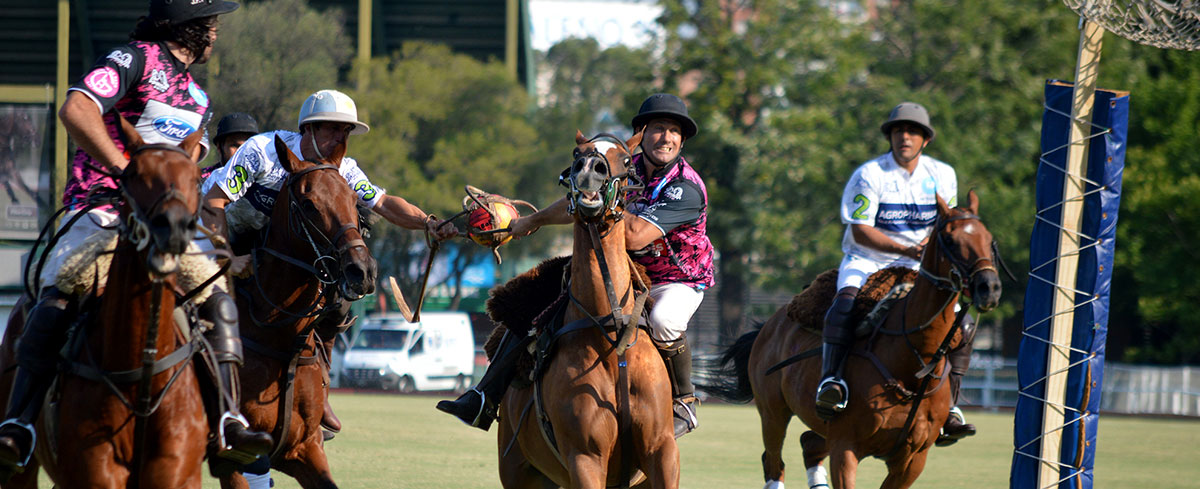4 things to understand about “pato”, Argentina’s national sport
While Argentina’s famous as the home of football legends Messi and Maradona, its official national sport is something called “duck”. Read on to learn more!
Argentina is world famous for football (soccer) and polo, but the game that since 1953 has been enshrined in law as the country’s official national sport is somewhat less well-known. Named “pato” - “duck” in Spanish - it has nothing to do with racing birds, and is much more adrenaline-fuelled than the name suggests.
1. The game
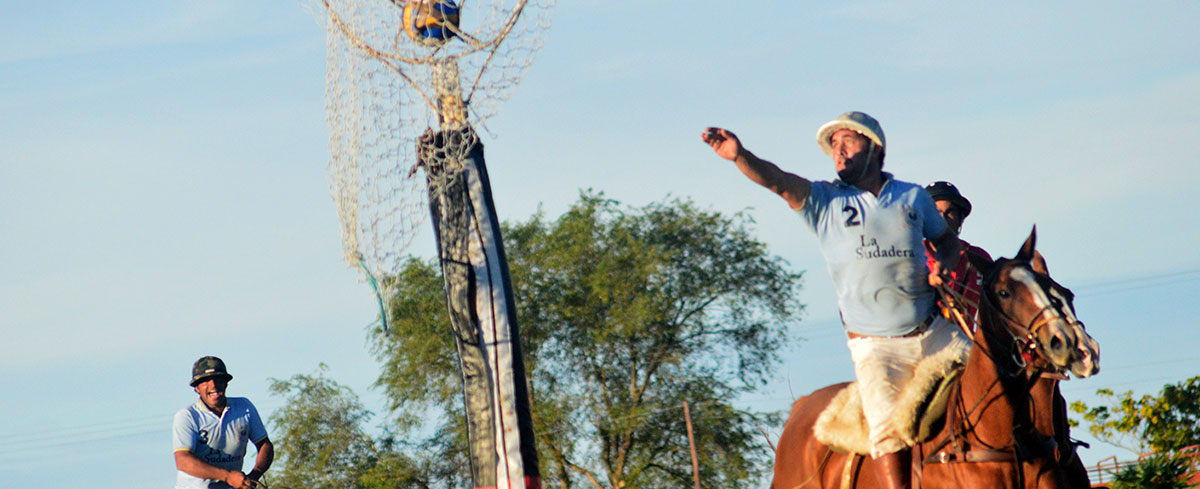
Pato looks something like a mix between polo and basketball in which two teams of four riders on horseback compete to score by getting the “pato” through metre-wide netted hoops that are placed at a height of 2.4m at either end of the grass pitch, The game is played over six periods of eight minutes, with five-minute breaks between each period.
2. The duck
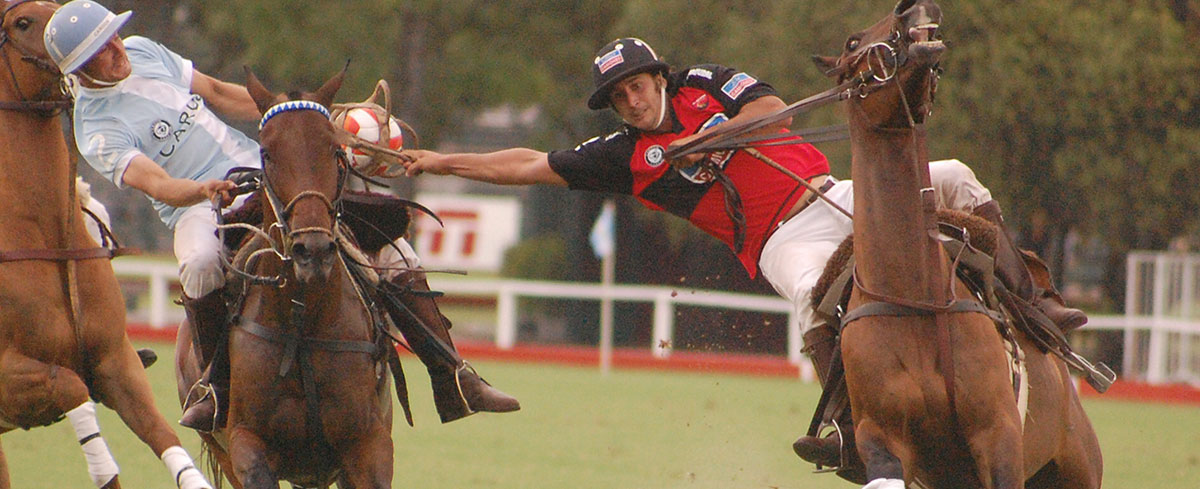
Today, the “pato” is in fact a special leather ball with six handles, but 400 years ago when the game was invented there were no balls and it was played using a dead bird, normally a duck, wrapped in a leather bag, hence the name. In its origins, there was no official regulation of the game and it was often very violent and bloody. It was even banned for periods of Argentina’s history.
3. The moves
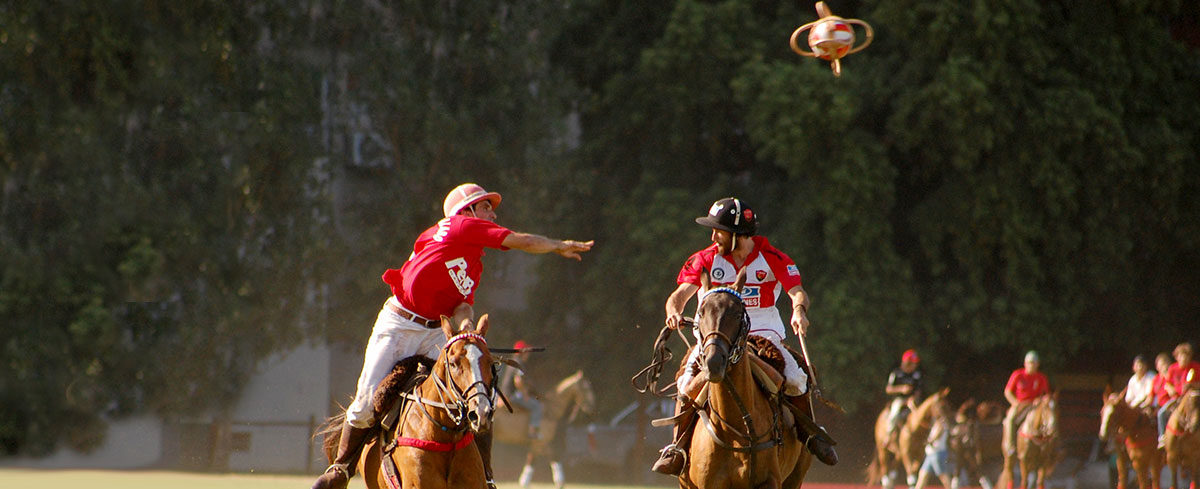
Now the game is regulated, but it’s still a fast-paced battle full of adrenaline and it demands incredible physical dexterity and strength, Players can pick up the pato from the ground, but without getting off their horse, which involves skillful manoeuvring. Also, when a player wants to pass the pato to a teammate, he must do so by extending his arm - always to the right - with the risk that a member of the opposing team can grab the pato from him.
4. The magic
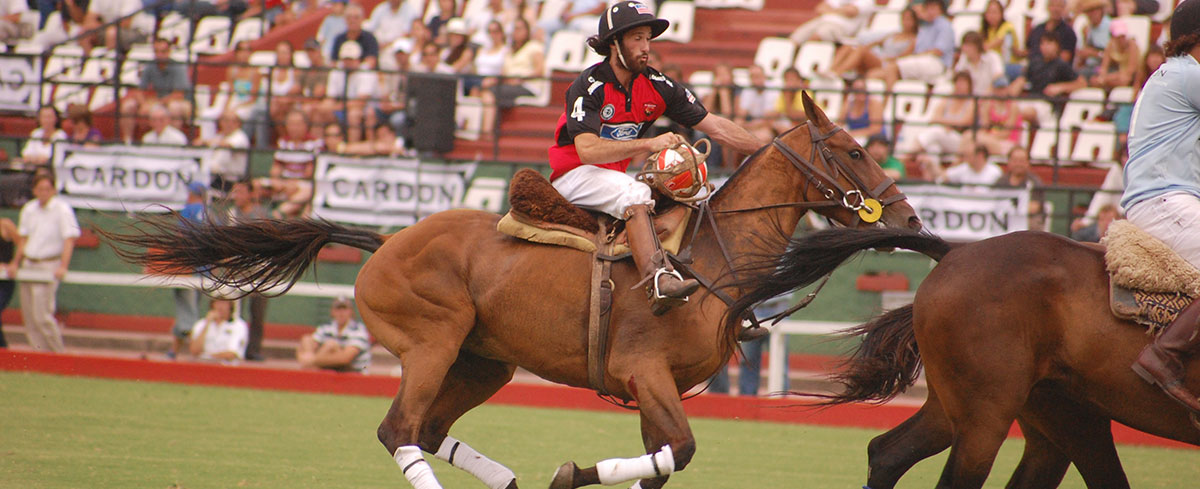
If the game still sounds a little abstract and you find it hard to picture in practice, just imagine something like the game of quidditch in the Harry Potter books written by JK Rowling, but on horses rather than broomsticks! It’s perhaps the closest thing that exists to this fictional sport, and the speed, the flight of the ball, the skill of the manoeuvres and the pure adrenaline make it a good comparison.
The Argentine Pato Open is held every December on pitch number 2 at the Argentine Polo Ground in Palermo, the venue known as the Cathedral of Polo. If you’re in Buenos Aires at this time of year, don’t miss the chance to see this exciting spectacle firsthand!
